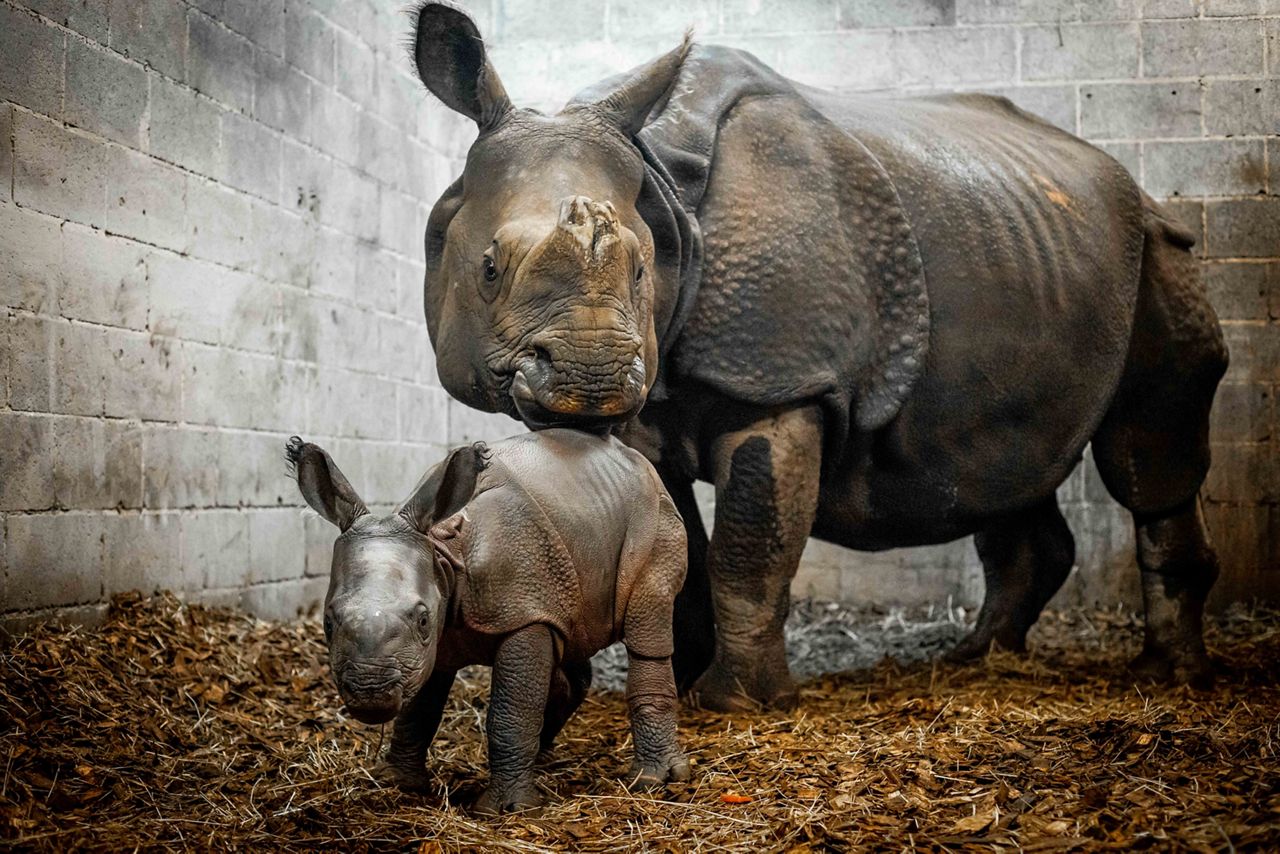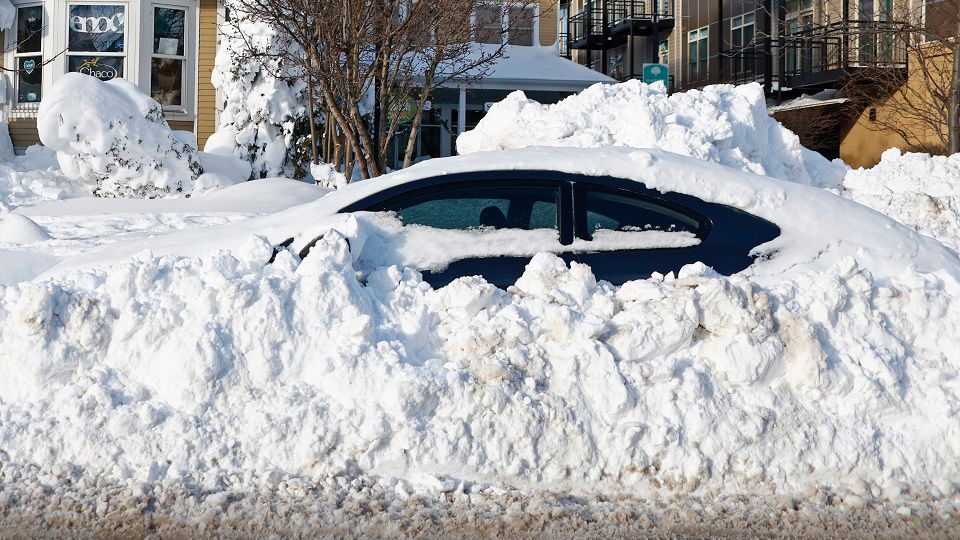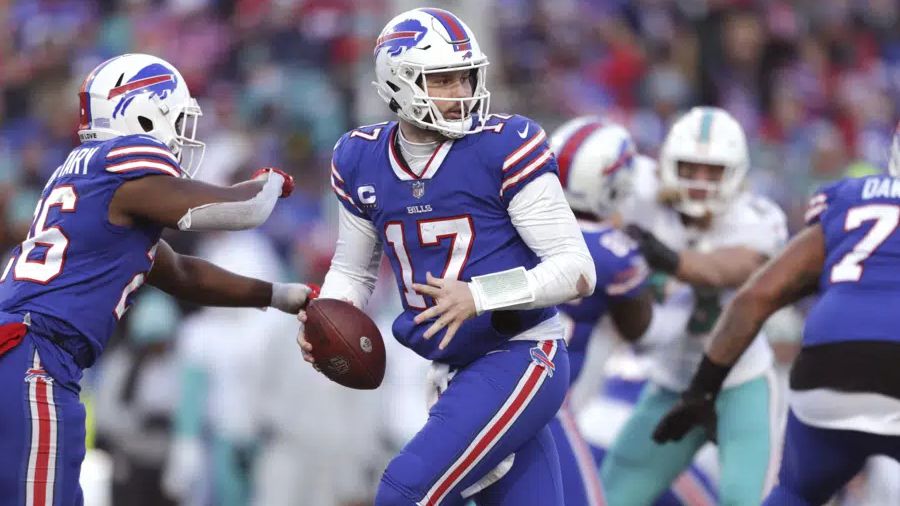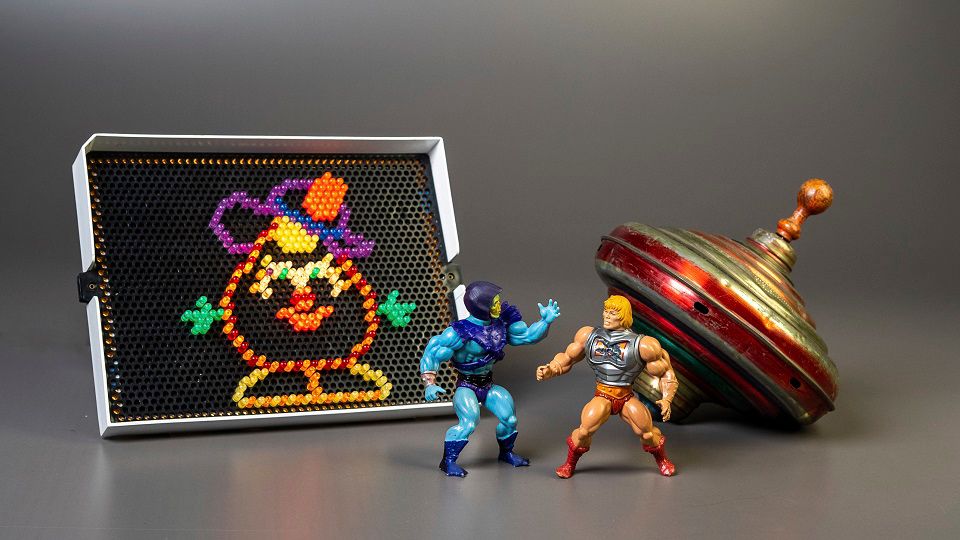BUFFALO, N.Y. — Don McGuire’s day starts with checking on the animals at the Buffalo Zoo.
"Making sure everyone’s alright,” McGuire, a Buffalo Zoo animal keeper, said. “Then we’ll start getting into feeding them, moving them around, to be able to facilitate the work we need to do. Cleaning different exhibits or holding areas. Basically that’s our day. Working with them. Cleaning. Feeding them.”
McGuire was there back in October when Georgia the rhino was born.
“It’s pure joy,” he said. “It’s a little different than when my kids were born. It’s just awesome.”

Georgia is the third baby rhino McGuire has worked with. He’s been one of her caretakers since then. Georgia was born in the fall, making the first few months of her life a little abnormal because she wasn’t able to go outside as much right away. But it did allow for more bonding time with her keepers and her mom.
"Between them, that’s how she learns to be a rhino. And between us, that’s how we teach her to work with us, how to want to do things with us," McGuire said.
McGuire also takes care of Georgia’s mom, Tashi — a special in the rhino world. She’s the only greater one-horned rhino that has had two calves through artificial insemination.
“I can’t remember the total,” McGuire said. “I want to say there’s four surviving calves from artificial insemination in the world. She’s the mother of half of them.”
While Georgia was naturally bred, she’s still significant. Lisa Smith, the chief zoological officer at the Buffalo Zoo, says there are only 3,900 greater one-horned rhinos. They’re a vulnerable species threatened by poachers out for their horns and by loss of their habitat.
"In the U.S. we only have about 70-80 animals at any given time,” said Smith. “So being able to utilize these animals for reproduction and keep the population going so that everyone can enjoy them is really important.”
Smith says it feels awesome to be part of something bigger than themselves and be a part of conservation in a global sense.








